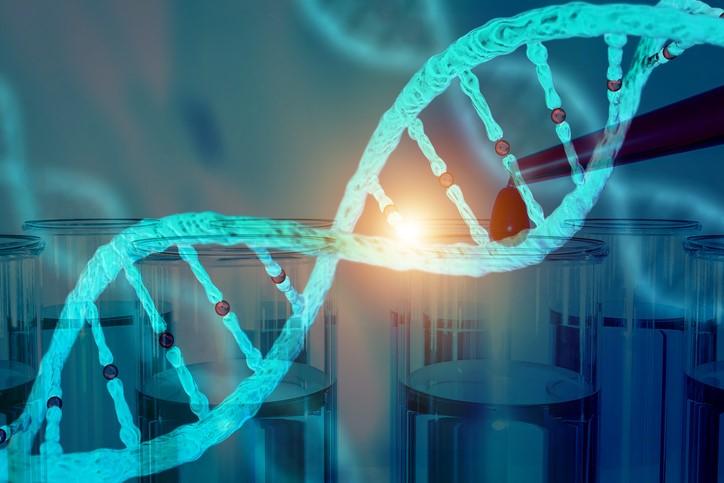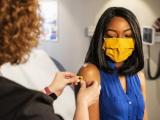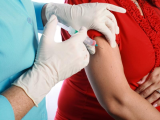Slow to grow and apt to mutate during production, the H3N2 flu vaccine strain is the problem child of vaccine manufacturing, especially egg-based versions, but a new cell line developed at the University of Wisconsin offers the potential to rein in the strain for a better match and improved efficacy
The new cell line—made with the help of a new gene editing tool—may ease some of the challenges with H3N2 vaccine viruses while scientists develop more effective and more broadly protective next-generation alternatives. A team led by Yoshihiro Kawaoka, DVM, PhD, described their findings in a recent issue of Nature Microbiology.
Kawaoka, in a University of Wisconsin press release, said the National Institutes of Health (NIH) is interested in new cell lines to make H3N2 human challenge strains, given that H3N2 viruses don't grow well in existing cell lines. He added that the human challenge trials play a key role in helping health officials pinpoint the best vaccine virus candidates.
A more 'humanlike' cell line
Flu seasons dominated by H3N2 viruses are often the more severe ones and are known to hit seniors the hardest. And H3N2 is unique, because it doesn't grow well in eggs or even in some cell lines such as such as Mandin-Darby canine kidney (MDCK), Kawaoka said.
In 2005, his research group at the University of Tokyo modified MDCK cells to include more humanlike receptors, and though H3N2 flu viruses grew better in them—called AX4 cells—they still acquired mutations.
In the new study, Kawaoka and his colleagues used the CRISPR-Cas9 gene editing tool to modify MDCK cells by overexpressing human virus receptors and reducing avian flu virus receptors. Called hCK, the cells mimic those found in the human upper respiratory tract.
H3N2 viruses grow faster and more plentiful in hCK cells, compared with the other two types. "hCK cells are more than 100-fold better for growing human H3N2 viruses than AX4 cells," Kawaoka said. Also, researchers were better able to recover virus particles that came from patient samples.
And in another key finding, H3N2 viruses were much less likely to mutate in virus regions important for vaccines. "This finding is quite important in both public health and in vaccine production," he said.
Next steps
Kawaoka has provided the hCK cell line to public health agencies for testing flu samples from patients and for testing the effectiveness of antiviral drugs against circulating strains.
He has also provided hCK cells to Krishna Ella, chief executive officer at India-based Bharat Biotech and UW-Madison alumni, for the company's work on cell-based flu vaccines.
According to Kawaoka, the cell lines will be validated for vaccine use, and the Wisconsin Alumni Research Foundation has filed a patent.
See also:
Apr 29 Nat Microbiol abstract
Apr 29 University of Wisconsin press release




















